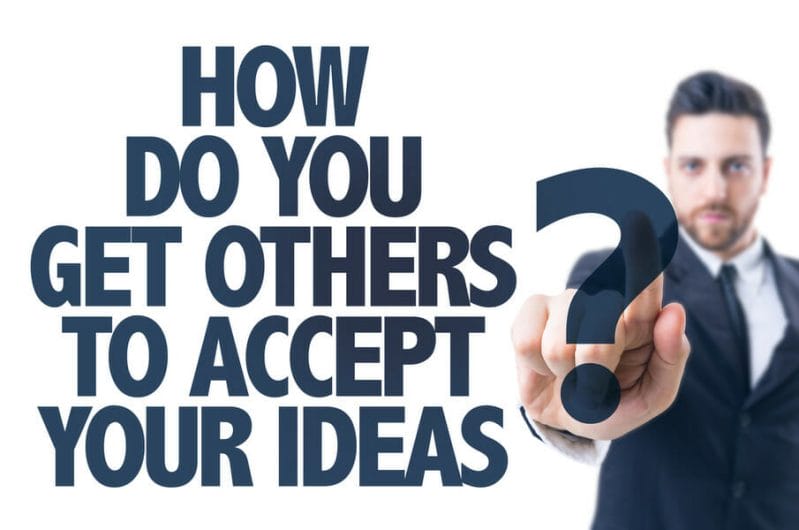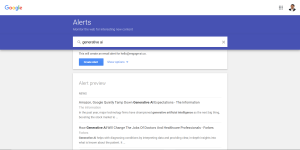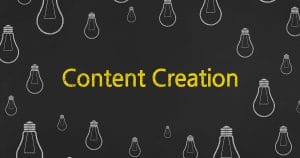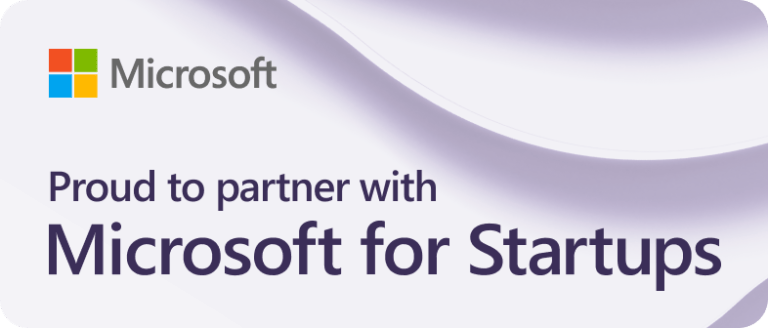Have you ever wondered how you can apply psychological techniques in marketing? This article will guide small businesses on how to use psychology-backed tactics to boost conversion rates.
Why Incorporate Psychological Techniques?
The human mind is complex.
We constantly learn new things about how our brain works and its influences on our reactions towards the environment. The research findings that have accumulated over the years have had many customers rethink their marketing strategies.
Marketers are now incorporating psychological techniques into creating content, designing advertisements, and planning social media campaigns to reach their audiences better.
It is not always possible for small businesses to compete with huge corporations in terms of marketing budgets and ad spends. However, with the psychological techniques below, you will have an extra edge to achieve those conversions.
Here are five effective psychological principles that are worth taking some time to learn.
The Power of White Space
Whether content on social media or your website, you need a persuasive call-to-action that can convert prospects into customers.
White space, as its name suggests, is the blank space on a page or screen. This negative space, however, doesn’t necessarily have to be white. Using this technique gives people room to think about what they just read without being bombarded with other information.
Additionally, white space can make certain elements like your converting message more prominent. In other words, you want your call-to-action to be at the focal point without any distractions around it.
For instance, you can incorporate white space into your website’s design by spacing out the call-to-action text or button from other messages on your landing page.
Avoid Choice Overload
The paradox of choice theory states that an increasing number of options can lead to decision fatigue.
In other words, when people have too many options, they will choose none at all, even if one option is better than another.
Therefore, as a small business owner, you want to strike an ideal balance between having enough options for your customers but not so much that it overwhelms them or prevents them from making a purchase.
You will also want to avoid giving your prospects decision fatigue through your webpage and social media content.
For example, do you have several call-to-actions on a single page? If you do, it’s time to reconsider their placements.
Primacy-Recency Effect
In psychology, the primacy-recency effect focuses on human memory and attention. Research findings of this phenomenon suggest that we tend to remember the first and last things we hear or see best.
Image source: Springer Link
It is not difficult to put this into effect. For example, even your product or service list order can impact conversions.
You can also use this psychological fact by placing important content near the beginning of your webpage. Meanwhile, your call-to-actions can appear near the end of the webpage, increasing their perceived value and relevance.
Mere-exposure Effect
The theory explains that the more you see or hear something, the better it will be liked by a person. It’s a straightforward tactic that small businesses like yours can easily apply the psychological technique of mere-exposure effect to your marketing efforts.
For instance, you actively post valuable and insightful content on LinkedIn. Then, using relevant hashtags, your content gets more exposure as they increase your reach and visibility to a wider audience.
When potential customers see your posts or articles appear on their newsfeed repeatedly, your content becomes more salient in their minds. Thus, the chances of your prospects clicking on your content are higher.
Producing online content can help you establish thought authority. With continuous efforts and targeting your content at the right group of people, you’ll find the right customers approaching you readily with less uncertainty.
Power of Words
Human thoughts and behaviour can be contradictory. We dislike having our choices taken away, but at the same time, having too many options can make us indecisive.
The key is striking a balance, something you can achieve by listening to your customers’ voices and doing some trial-and-error.
It doesn’t change the fact that your language matters, however.
Using open-ended call-to-actions shows that you care about your customers’ freedom of choice.
Instead of using “Contact Us,” opt for a more diplomatic-sounding or tactful call-to-action like “Let’s Get in Touch” or “I’m Interested.”
Humans tend to attribute more weight to negative interactions or experiences; psychologists call this tendency the negativity bias. Based on the evolutionary perspective, this is part of our survival instinct.
In marketing, this bias makes rebranding challenging once your target audience already has certain negative attributions about your business.
Hence, the words you use to convey your brand messages are important. You don’t want to sound impersonal or mechanical. Think about how you want your brand voice to be before starting your marketing efforts.
Conclusion
The psychology techniques introduced in this article will help you start thinking about how you can improve customer experience and turn more prospects into customers. For better results, learn more about the buyer’s journey. Happy marketing!








